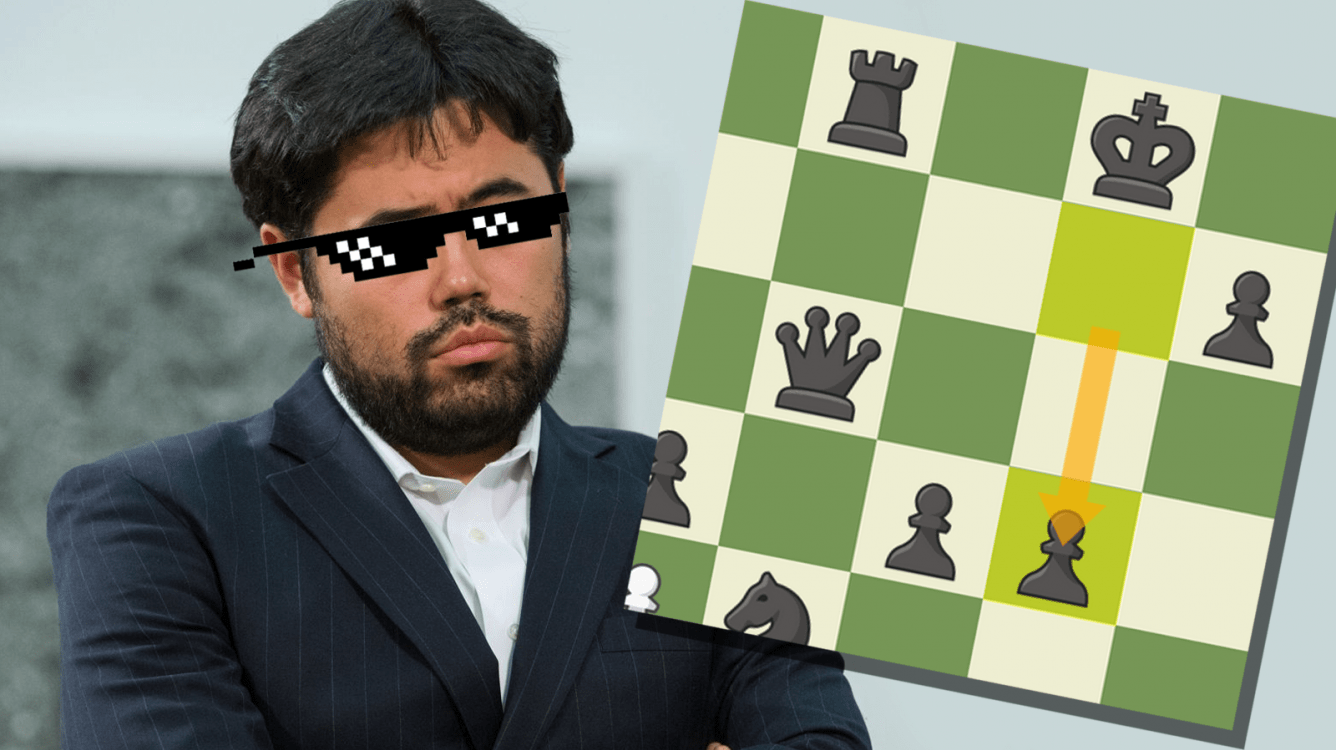
Modern Chess Trend: The Double-Edged Pawn Push
Throughout all of chess history, so-called super tournaments have always had their own honorary place. That's why even today we still remember Hastings 1895, New York 1924, Montreal 1979, and many others.
What's the main attraction of all these tournaments? Is it all about the winners and beautiful games? Well, partially yes. However, we can argue that the average quality of the games played 100 years ago was not that high by the modern (computer) standard.
I think the main reason why these tournaments will always be analyzed and re-analyzed is because they give us a perfect snapshot of chess at that time. Just like an archeologist can tell you a lot about peoples' everyday life by some artifacts from each period in history, the games from the super tournaments give us a clear view of chess development. We can see all the chess trends of that time by analyzing the games of the best players.

The first two super tournaments of this year (Tata Steel and the Berlin Grand Prix) were not an exception. So, today I would like to talk about a trend that has become very popular amongst super grandmasters and it is only a matter of time before it will trickle down into other peoples' games.
Four years ago, we discussed a favorite move of GM Levon Aronian, who said, "You have to play h4 whenever you can!" These days a different pawn move is all the rage. We briefly talked about this topic in last month's article, remember?
GM Jorden van Foreest didn't find this move in the game, but computers claim that White is essentially winning after the strike g2-g4!
The idea of such a shocking move is not new. For example, in the early 1990s, the famous Shirov-Shabalov Gambit started a real opening revolution.
Today it is already common knowledge, and even a very early execution of this idea does not really shock us anymore:
The new trend I am talking about is to push the knight pawn after castling. Pushing pawns in front of your king is not very common because it makes the king more vulnerable. Nevertheless, whenever such a move happens, it gets noticed! Look at this classic game of GM Bent Larsen:
Here is GM Tigran Petrosian's comment about the move 14...g5: " When such a move is played by a beginner, then grandmasters just smile. When the author of such a move is GM Larsen, then it is clear that the situation is not so simple."
But at the time, this move looked more like a curiosity and it didn't find many followers. These days, computers have significantly pushed our chess horizons and after the analysis of his game vs. GM Surya Shekhar Ganguly, GM van Foreest didn't miss his chance vs. GM Magnus Carlsen:
A very similar idea helped GM Hikaru Nakamura to win his match vs. GM Richard Rapport in Berlin:
In the final position, Black wants to push his pawn to g4 (just like van Foreest in the previous game), which will protect his beautiful knight on e4 against a possible attack of White's f2-pawn. Black's position looks better, but of course there is still a lot of play. I guess the push of the g-pawn hit Rapport psychologically, because he immediately agreed to a draw, which was effectively a loss since he was instantly eliminated from the tournament.
Here is another powerful g4 idea, missed by both players but pointed out by a computer:
Finally, let me offer you a truly extraordinary game where both opponents pushed their knight pawns in front of their own kings at the same time!
As you could see, pushing the knight pawn in front of your king can pursue numerous goals, both strategical and tactical. But the goal of this article is not to present this new trendy idea as a miracle solution that will magically improve your position. As a matter of fact you should always remember that pawn moves that make your king weaker turn out to be bad more frequently than good. I just wanted to demonstrate how computers change our perception of the game and started this new grandmasters' trend.
When we start learning chess, we quickly realize that castling provides a safe home to our king where he is guarded by three pawns in front of him. Therefore, the guards shouldn't abandon their duty and move forward exposing the king. As the result, in most of the cases we simply don't consider moves like g2-g4. I hope that after reading this article you'll at least start thinking about such moves. If you see that benefits of pushing a pawn in front of your king clearly outweigh risks, then go ahead and do it! At the very least you'll be able to say: "Today I played like a super grandmaster!"






